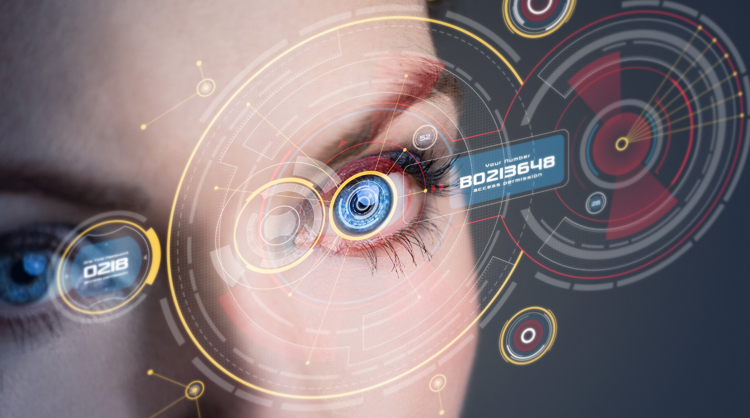
28th January 2021 Wireless brain linkage gets DARPA funding A new DARPA-funded project aims to create non-invasive, head-worn devices with two-way brain links. In the near future, this might provide a way for blind patients to perceive the world around them. In the longer term, it could enable wireless control of external devices and might even augment a healthy user's vision.
The Defense Advanced Research Projects Agency (DARPA) has awarded $8 million in funding to Rice University in Houston, Texas, for its neuroengineers to develop a new brain communication technology. This builds on earlier progress by the same team, who in 2018 began working on proof-of-principle research toward a wireless brain link. It is hoped the latest funding will enable a preclinical demonstration of the technology that could set the stage for human tests as early as next year. "We started this in a very exploratory phase," said Jacob Robinson, Associate Professor of Electrical, Computer Engineering and Bioengineering at Rice, who is lead investigator on the MOANA Project. This effort aims to create a dual-function, wireless headset capable of both "reading" and "writing" brain activity to help restore lost sensory function (among other uses), all without the need for surgery. MOANA, which is short for "magnetic, optical and acoustic neural access," will use light to decode neural activity in one brain and magnetic fields to encode that activity in another brain, all in less than 1/20th of a second. "We spent the last year trying to see if the physics works – if we could actually transmit enough information through a skull to detect and stimulate activity in brain cells grown in a dish," said Robinson, a core faculty member of the Rice Neuroengineering Initiative. "What we've shown is that there is promise. With the little bit of light that we are able to collect through the skull, we were able to reconstruct the activity of cells that were grown in the lab. Similarly, we showed we could stimulate lab-grown cells in a very precise way with magnetic fields and magnetic nanoparticles." Robinson, who is orchestrating the efforts of 16 research groups from four states, said the second round of DARPA funding will allow the team to "develop this further into a system and to demonstrate that this system can work in a real brain, beginning with rodents." If the demonstrations are successful, he said the team could begin working with human patients by the end of 2022. "Most immediately, we're thinking about ways we can help patients who are blind," said Robinson. "In individuals who have lost the ability to see, scientists have shown that stimulating parts of the brain associated with vision can give those patients a sense of vision, even though their eyes no longer work." In the longer term, this technology might have applications beyond medicine. It could be used by healthy individuals, such as military personnel, to control a drone or other autonomous vehicle, for example. In what sounds like science fiction, it could even replace a heads-up display (HUD) by stimulating the parts of the brain associated with vision, as Robinson explains in the video below.
Comments »
If you enjoyed this article, please consider sharing it:
|







